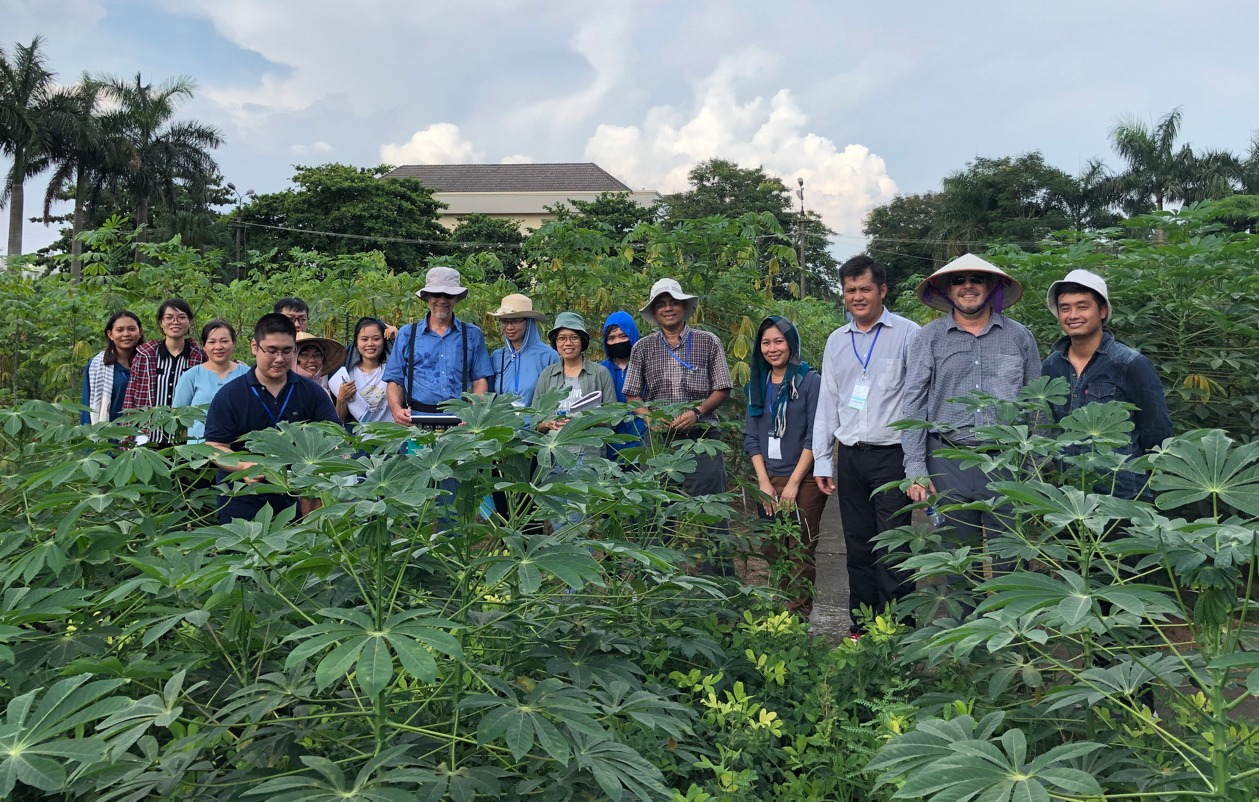

Benefits for crops, farmers and the environment
November 21, 2019
Cassava is one of the most widely grown crops in the tropics, and the incorporation of grain legumes into cassava-based cropping systems can benefit the crops, the farmer and the environment.
Work by the International Center for Tropical Agriculture (CIAT) has found that mixing cassava with a diverse group of intercrops benefited pest suppression, disease control, soil and water services, and land productivity.
The Crawford Fund’s WA committee supported a training workshop on cassava and legume intercropping, in Hanoi, Vietnam over five days in mid- 2019.
The workshop was presented by Professor Tim Colmer and Associate Professor Erik Veneklaas from the University of Western Australia’s School of Agriculture and Environment, and staff from CIAT Asia, and the Field Crops Research Institute (FCRI).

Field Crops Research Institute in Vietnam
The training was on concepts and techniques in plant physiology and mineral nutrition, using cassava and legume intercropping. The training involved a series of lectures, practical sessions, discussions and laboratory visits. Scientific writing and critical evaluation of a published paper were also covered, and each participant also gave a short oral presentation on their current research.
Around 25 attended from Vietnam, Laos and Cambodia, with four days at FCRI’s lecture room and field facilities, and a day at CIAT Asia’s Hanoi Office lecture and laboratory facilities.
“Ms Ly Le, a PhD student at UWA and a staff member at FCRI, played a key coordination role with excellent support from her FCRI colleagues and leadership team,” said Professor Colmer.
“Our discussions and team-work during the workshop have strengthened the relationships of staff at UWA and with staff in these important agricultural research organisations in Vietnam, and with the participants from Laos and Cambodia,” he said.




